When to remove the bottom leaves of a cabbage?
About whether it is necessary to remove the lower leaves of cabbage, summer residents from time to time argue. Some vegetable growers use this agricultural technique, others do not see any point in it. The expediency of the procedure depends on several determining factors. In addition, it must be borne in mind that you can pick off the leaves not when it is hit, but at a certain stage of development of the heads of cabbage.
When are the lower leaves removed?
Closer to autumn, cabbage grows strongly in the garden. Its tops are literally intertwined with each other. I just want to remove the disheveled lower leaves, giving the heads of cabbage a neat look. Should I do it?
Experts do not recommend removing the lower leaves from healthy plants, as they continue to participate in photosynthesis and supply the maturing head of cabbage with nutrients. By removing the bottom of the rosette, the cabbage will inhibit its growth and seek to restore the nutrient balance. As a result, head formation will slow down, and this can negatively affect the volume of the crop.
Sometimes there are situations where the removal of leaves from the bottom of the plants is necessary. One of the reasons can be considered a sufficient reason for manipulation:
- Excessive planting, which can cause fungal attack or rot.
- Poor soil. With a lack of nutrients, the heads of cabbage form loose, and in order for them to thicken, the lower leaves are removed.
- The lower part of the outlet is removed if it turns yellow from lack of moisture. In this case, the leaves will no longer be able to recover, which means they will not bring any benefit.
- The tops are removed in the event that it interferes with the activities for the care of plants - watering, hilling.
Before proceeding with the procedure, you should weigh all the pros and cons. Many leave green lower leaves even when storing crops. Such "clothing" protects the heads of cabbage from premature drying out and diseases, continues to feed them.
On the garden bed, the lower part of the outlet prevents all kinds of pests - aphids, slugs - from entering the heads of cabbage. Near-earth leaves help plants regulate temperature during sudden changes in weather, protecting the head from both hypothermia and overheating.
Dates of the procedure
It is strictly forbidden to pick leaves on cabbage in the middle of summer. It is at this time that the tops perform their useful function, continuing to nourish the plant and protect it from pests and diseases. A dense wax coating that covers the lower leaves helps prevent the penetration of pathogenic bacteria and harmful insects into the head of cabbage.
The exception is cases of damage by pests and fungal diseases. In such situations, it is better to get rid of the outer leaves in order to keep the head of cabbage itself healthy. Let the cabbage not gain the maximum possible mass, but it will be possible to get at least a minimum yield.
The lower part of a healthy rosette is removed in early autumn, when the heads of cabbage have finished their formation. The lower leaves are cut at the root at the very stump. By this time, the foliage has already completed its main function, and the plant will tolerate such manipulation painlessly. All of the above applies to late crop varieties. In early cabbage, leaves are not torn off.
How to pick leaves correctly?
They begin to carry out their plans in dry weather.This will reduce the risk of decaying cabbage in the place where the wounds remain. Also, you cannot water on this day. You need to act carefully, without causing damage to the head of cabbage.
The head should be held with one hand, and with the other, carefully tear off the leaves in turn. You can use garden shears for this procedure.
Experienced gardeners note: if you tear off the leaves a month before harvesting, cabbage forks will have a denser structure.
Pruning is carried out more often if there are not too many cabbage on the site. When you need to remove a damaged sheet, it is better to do it not completely, breaking off only the affected part.
Will it help in the fight against black rot?
Sometimes a culture can be affected by vascular bacteriosis, which is popularly called black rot. The disease can affect cabbage at any stage of development. Vascular bacteriosis is caused by the rod-shaped bacteria Xanthomonas campestris. Heavy rains and excessive watering contribute to the spread of the disease.
The first symptoms appear 10-12 days after infection. The disease develops faster in warm weather. Symptoms appear initially along the edges of the leaf plate in the form of yellowness. A little later, the veins on the affected tissue turn black, forming a characteristic mesh.
Out of inexperience, some gardeners try to preserve the cabbage by cutting off the lower leaves from it, on which the symptoms first appear. However, it is impossible to save plants affected by vascular bacteriosis. Such cabbage must be removed from the garden as soon as possible so that the infection does not spread further.
To prevent black rot, seeds should be pickled and hardened, and the rules of crop rotation should be observed.
What to do with plant residues?
After harvesting the lower leaves of cabbage, the question arises: what to do with them? The use cases depend on the state of the waste. Yellowed and withered leaves are only suitable for composting. They must first be mixed with other herbs.
You can dig up the leaf mass with the ground - over the winter, the remnants will thoroughly grind and later serve as organic fertilizer.
If the leaves are juicy and have not lost their color, you can put them on feed for animals - rabbits, goats. Green forage is in short supply in the fall, and cabbage leaves, which contain a large amount of vitamin C, will come in handy.
The need to remove the lower leaves in cabbage is influenced by a number of external conditions. The need for this depends on the care of the plants, the composition of the soil, the irrigation regime and fertilizing. It is also necessary to take into account the varietal characteristics of the crop and weather conditions. In the event that the plants are healthy, the procedure should be carried out not earlier than the beginning of autumn.
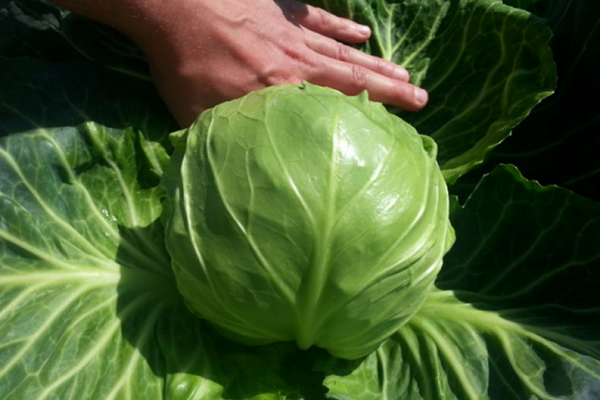
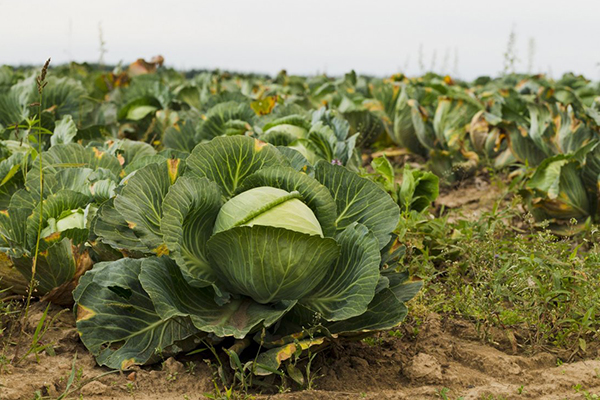
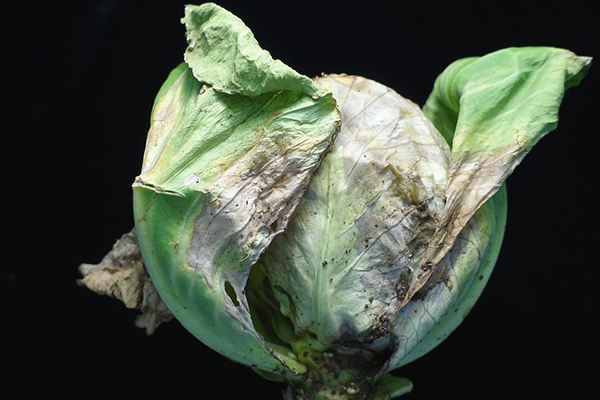
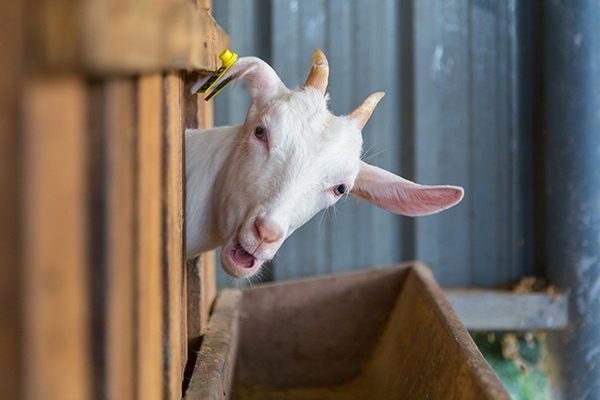

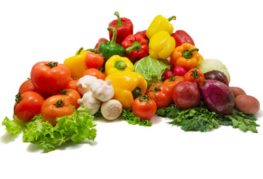
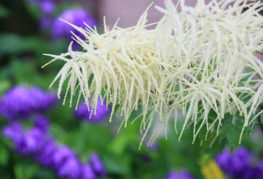
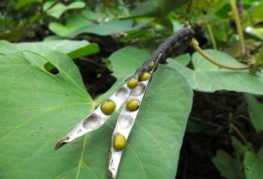
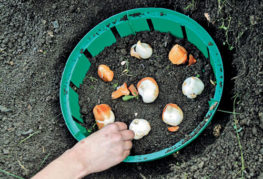
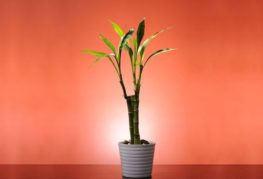
and will be published shortly.